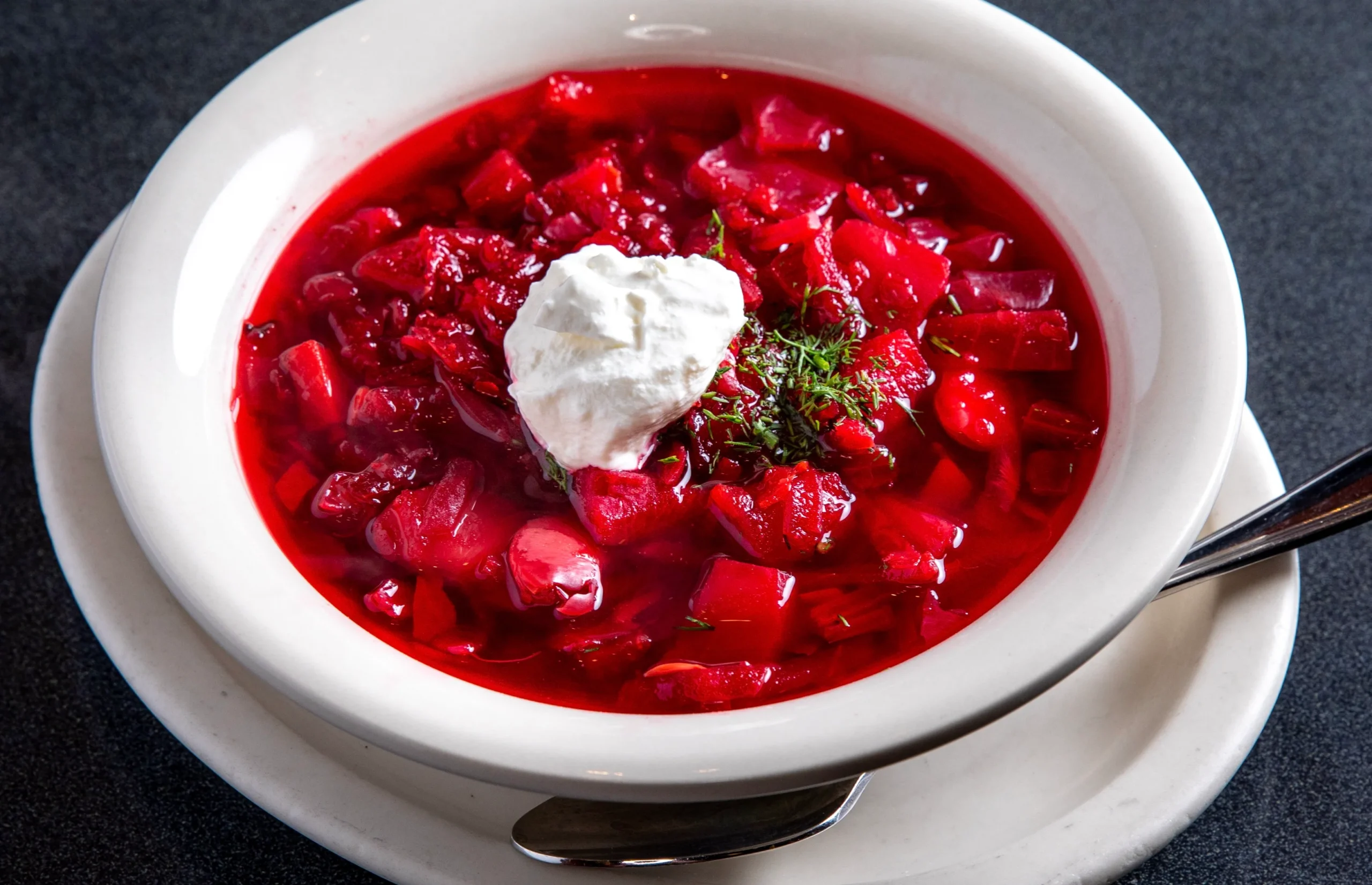theculpritandthecure.com – Borscht is a beloved soup that hails from Eastern Europe, known for its distinctive deep red color and robust flavor profile. Made primarily with beets, this comforting dish often includes a medley of vegetables and, at times, meat, making it a versatile and nourishing meal. Borscht is enjoyed in various countries, each adding its unique twist to the classic recipe.
History and Origin
The origins of Borscht can be traced back to Eastern Europe, particularly Ukraine, where it is considered a national dish. Over the centuries, it has spread throughout Russia, Poland, Lithuania, and other neighboring countries, each adapting the recipe to local tastes and ingredients. Traditionally, Borscht was a peasant dish, made with readily available vegetables and occasionally enriched with meat for special occasions.
Ingredients and Preparation
The key ingredients of Borscht include:
- Beets: The star of the dish, beets provide the soup’s vibrant color and earthy sweetness. They are typically grated or chopped and simmered to release their flavors.
- Vegetables: Common additions include cabbage, carrots, potatoes, and onions, which add texture and complexity to the soup.
- Meat: While Borscht can be made vegetarian, it often includes beef or pork, providing a hearty base and rich flavor.
- Broth: The soup is often cooked in a flavorful broth, either vegetable or meat-based, which enhances the overall taste.
- Acidic Component: A splash of vinegar, lemon juice, or fermented beet juice is often added to balance the sweetness of the beets with a tangy note.
- Garnishes: Borscht is typically served with a dollop of sour cream and a sprinkle of fresh dill or parsley, adding a creamy and aromatic finish.
Making Borscht
To prepare Borscht, start by sautéing onions and garlic in a large pot. Add the beets and other vegetables, followed by the broth. If using meat, it is usually browned separately and then added to the soup. Simmer the mixture until all the ingredients are tender and the flavors have melded together. Finally, adjust the seasoning with salt, pepper, and an acidic component to taste.
Variations
Borscht comes in many variations, reflecting the diverse culinary traditions across Eastern Europe. Some popular versions include:
- Ukrainian Borscht: Often includes beans and is typically served with pampushky, a type of garlic bread.
- Polish Borscht (Barszcz): Sometimes served clear, as a consommé, often accompanying Christmas Eve dinner.
- Cold Borscht (Chlodnik): A refreshing summer version made with grated beets, cucumbers, and kefir or yogurt.
Conclusion
Borscht is a testament to the rich culinary heritage of Eastern Europe, offering a harmonious blend of sweet, savory, and tangy flavors. Whether served hot or cold, with or without meat, this vibrant beet soup continues to warm hearts and nourish bodies, making it a cherished dish in many households around the world.
